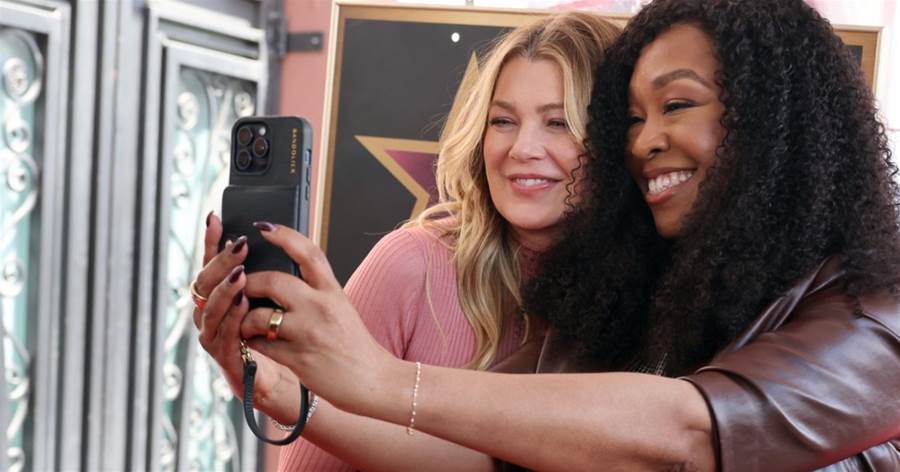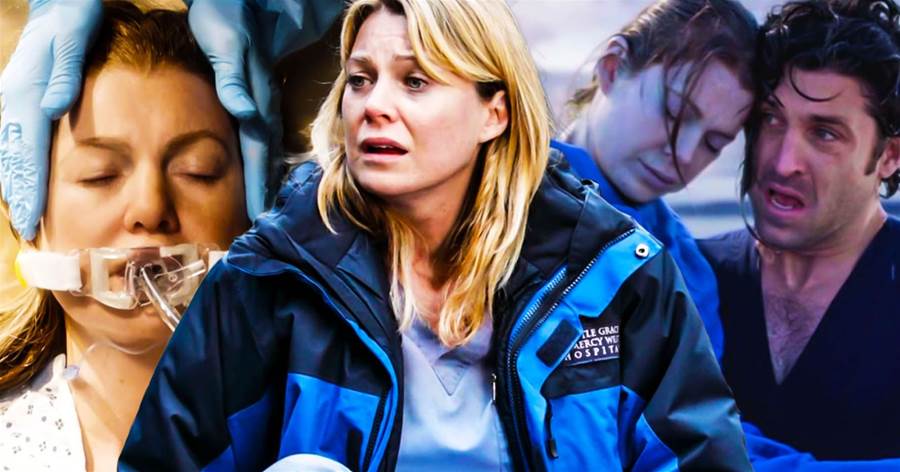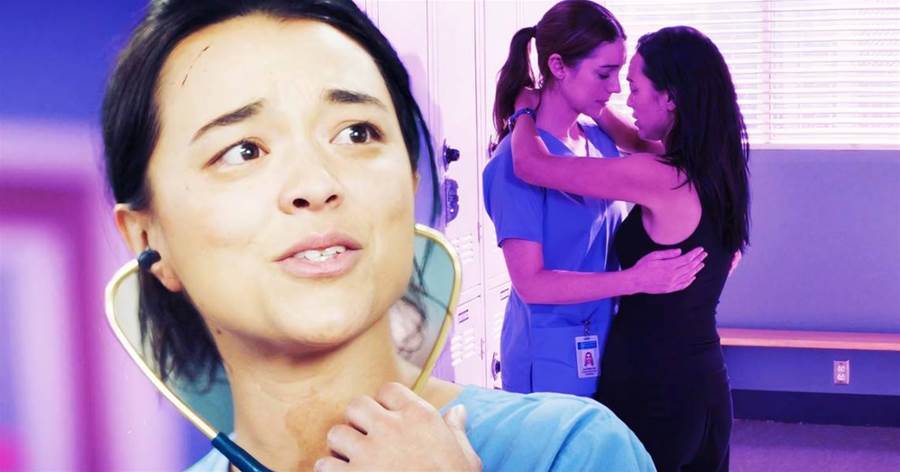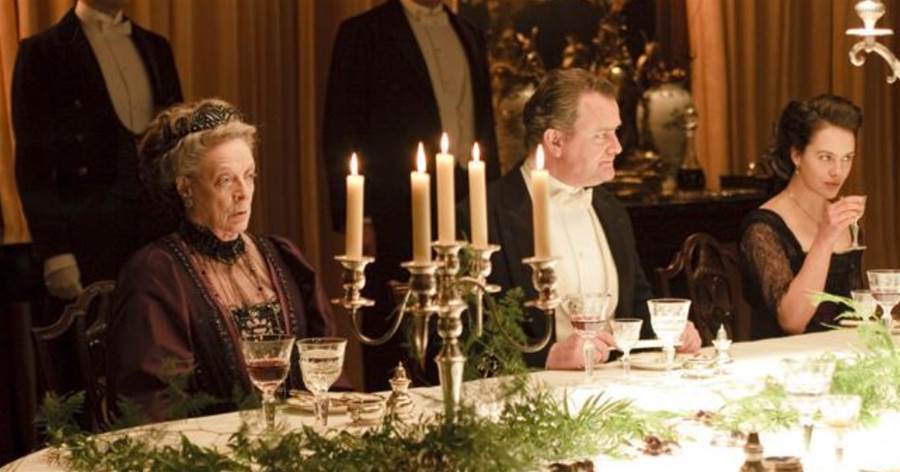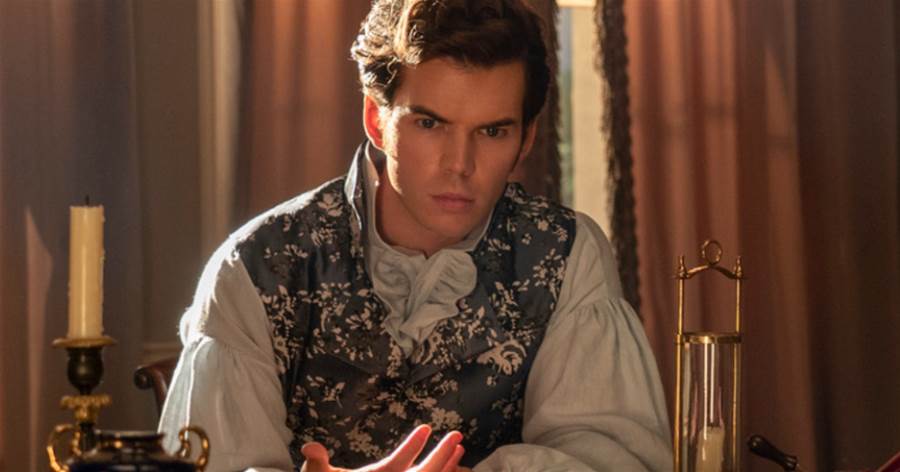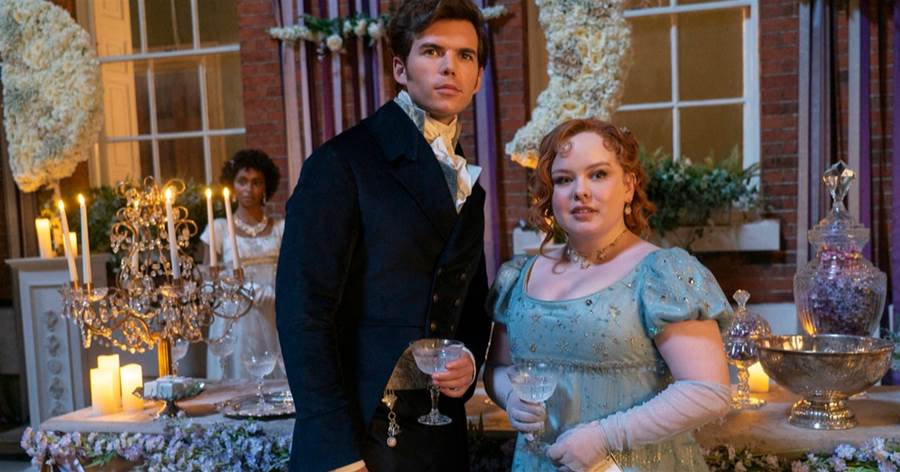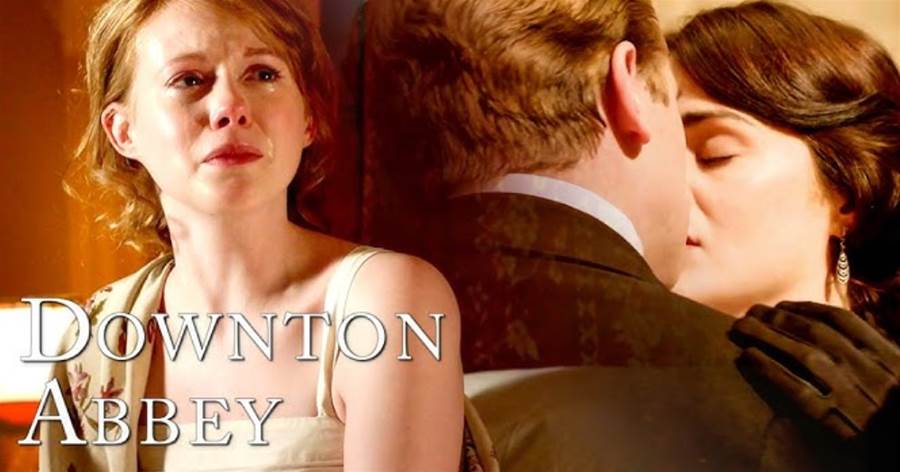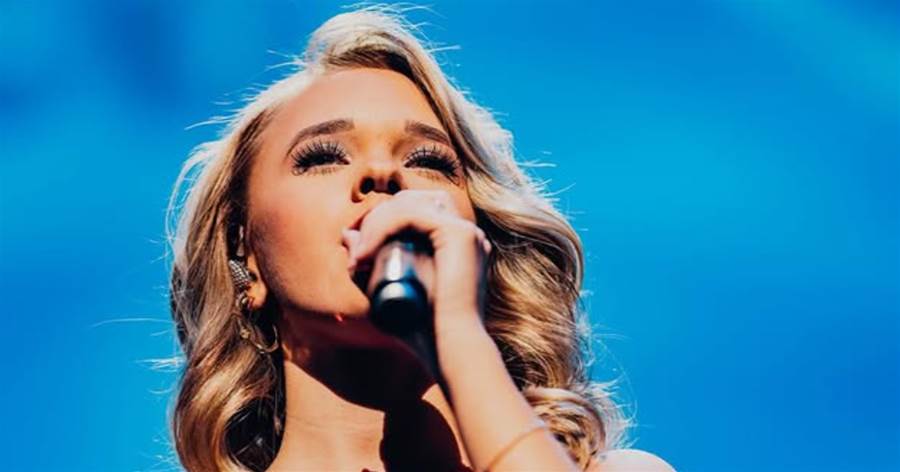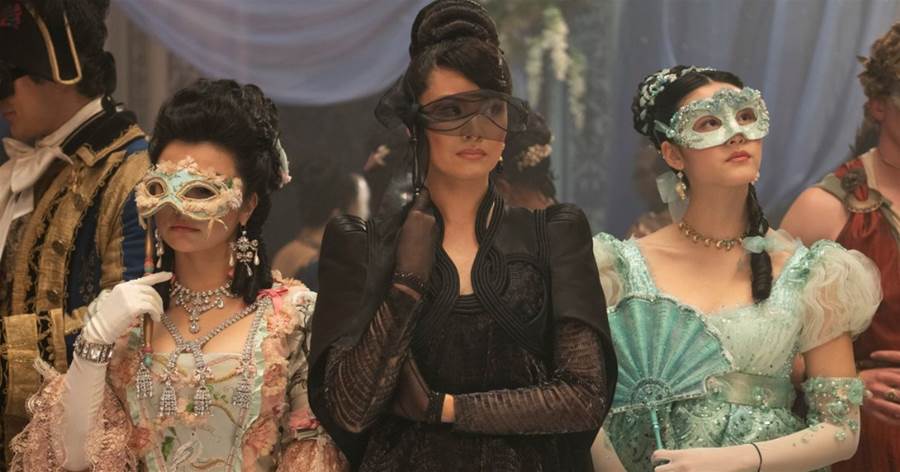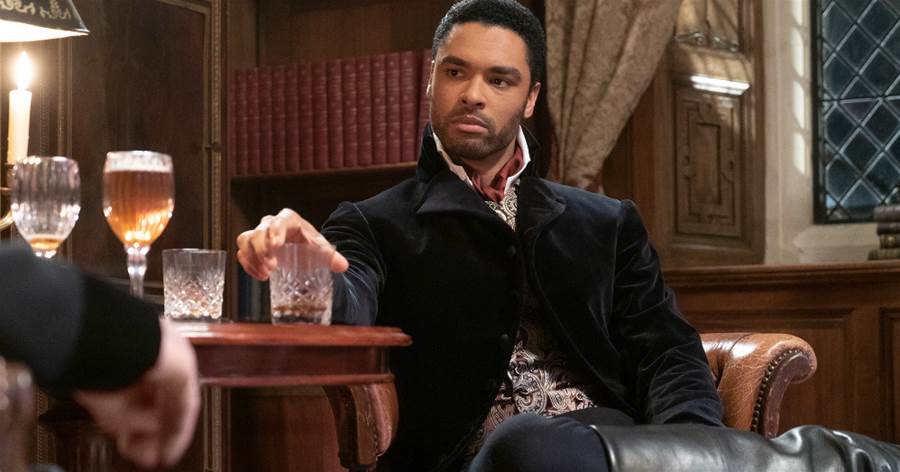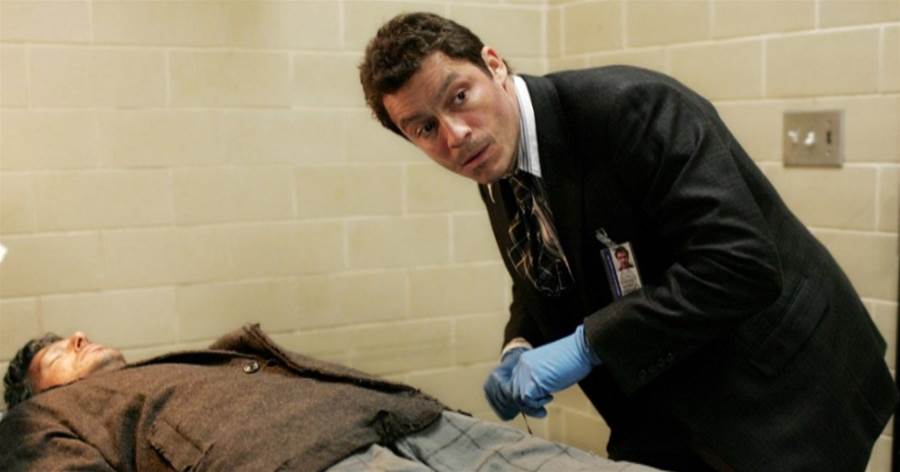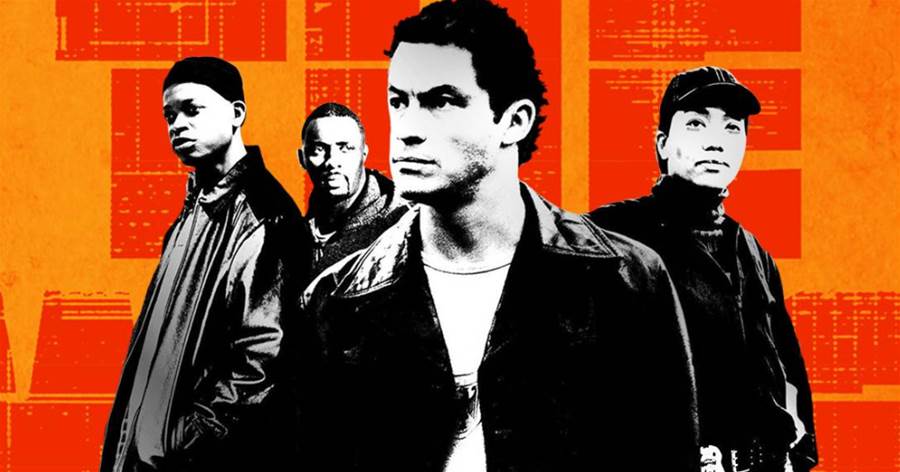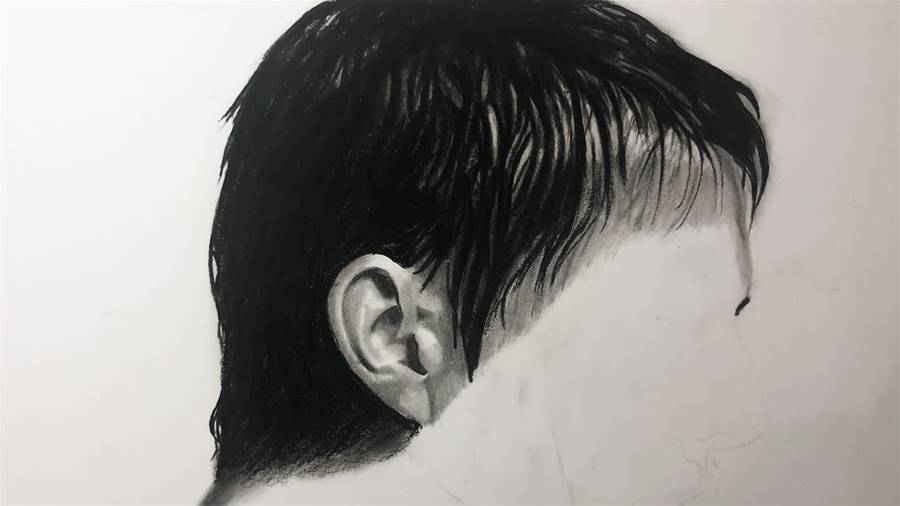
This article discusses the process of creating a realistic pencil drawing in real time. Specifically, it focuses on drawing realistic hair and ears. The artist demonstrates the step-by-step process of creating detailed and lifelike hair and ears using pencil strokes.
The video tutorial begins with the artist preparing the drawing tools, which include pencils of various shades, an eraser, and a blending tool. The artist emphasizes the importance of using a reference image to ensure accuracy and realism in the drawing.
The article is not finished. Click on the next page to continue.
The article is not finished. Click on the next page to continue.
Next page
